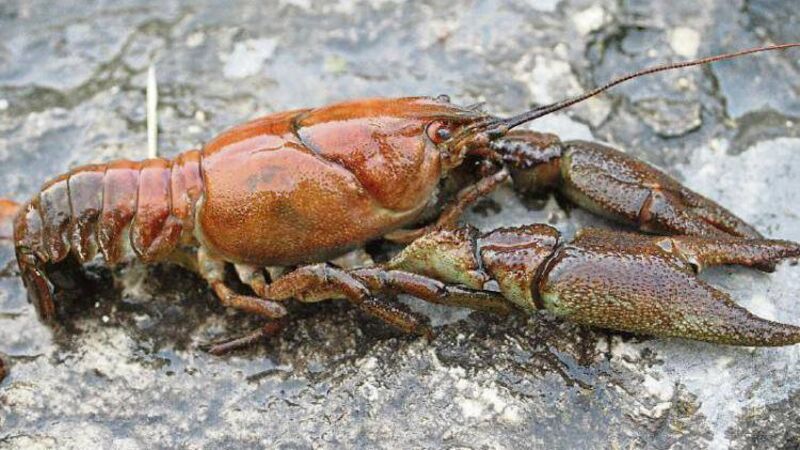Increasing numbers of endangered fish being caught in country's fishing nets

Endangered species of fish are being caught as “by-catch” in large mesh tangle nets used to target crayfish.
An ever-increasing number of endangered species of fish are showing up in the country’s fishing nets.
According to the 2022 Shellfish Stocks and Fisheries Review, they are being caught as “by-catch” in large mesh tangle nets used to target crayfish.
In particular, 12 species of skates and rays are regularly occurring in the by-catch.
Of these white skate, angel shark, flapper skate, and blue (common) skate are critically endangered.
There is also a high by-catch of grey seals, relative to the size of the seal population at the Blasket Islands.
The joint Bord Iascaigh Mhara and Marine Institute report states: “Critically endangered species cannot sustain by-catch mortality caused by the tangle net fishery.
“Measures should be introduced to eliminate the by-catch of critically endangered species and to significantly reduce the by-catch of protected species.
“Alternative fishing practices to reduce bycatch and mortality of crayfish in the catch need to be considered.”
Some 57 sting ray have been caught in nets, with 27 caught in 2022, 24 in 2021, 2 in 2020, none in 2019, one in 2018, and none in 2017.
Of the spotted ray caught, there were 298 were in 2022, 196 in 2021, and 59 in 2020.
In addition, some 172 flapper skate — which are currently on the verge of extinction — were caught up in nets in 2022, up from none in 2017 and eight in 2018.
The report also warns oyster stocks are in trouble.
“(They) face a number of threats including Bonamia infection, which decimated stocks in the 1970s, and is prevalent in a number of beds today and in 2017 was detected in the previously Bonamia-free Cill Chiaráin Bay.”
The reports also say native oysters are also competing for habitat with naturalised Pacific oyster in areas such as Lough Swilly.
In addition, it says: “Increases in freshwater inflows to estuaries in inner Galway Bay reduces the area of suitable oyster habitat.”









